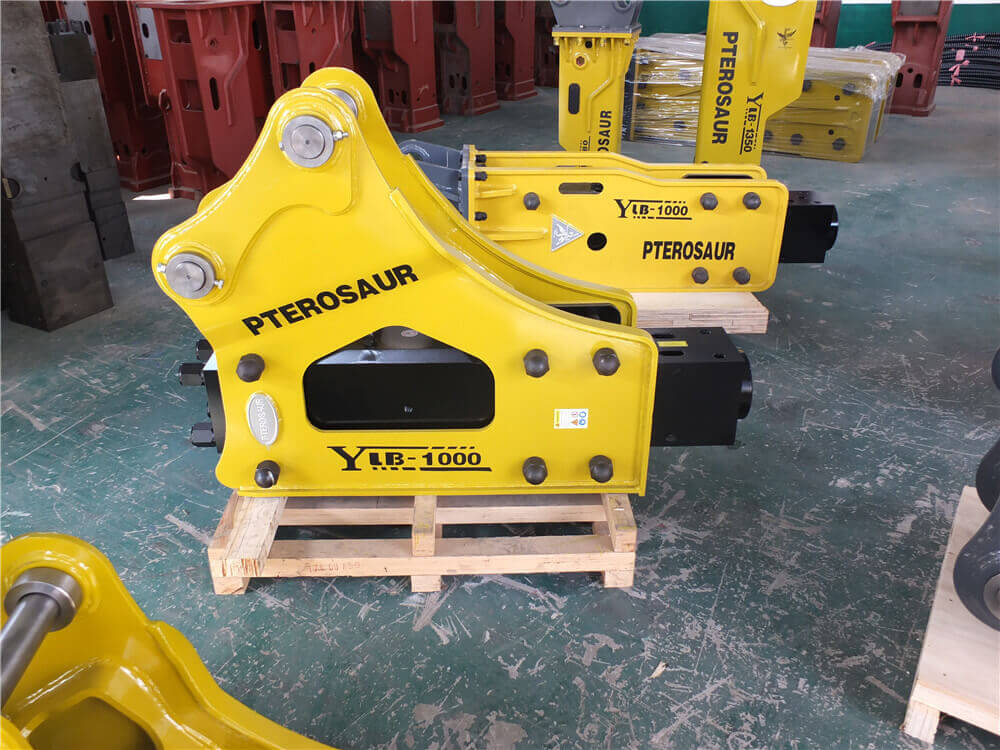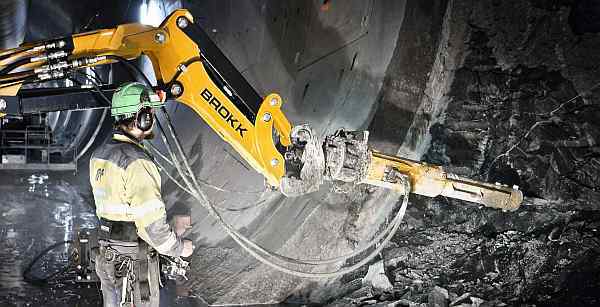Understanding Hydraulic Breakers and Their Nitrogen Component
Hydraulic breakers are essential tools in construction, demolition, and mining, known for their powerful impact force that effectively breaks down tough materials like concrete and asphalt. Among the various types of hydraulic breakers, a common point of confusion arises regarding the role of nitrogen in their operation. This article aims to clarify the distinction between hydraulic breakers and nitrogen breakers while explaining their functionality and maintenance requirements.
What is a Hydraulic Breaker?
A hydraulic breaker is an engineering marvel often attached to excavators or backhoes. Unlike traditional pneumatic or mechanical breakers that rely on gravity, hydraulic breakers utilize hydraulic fluid to generate force. This technology delivers high-impact blows while providing precise control, making them highly effective in various applications.
One key element of hydraulic breakers is the nitrogen accumulator, which stores energy generated from the hydraulic system. When the breaker strikes a surface, the recoil of the piston compresses the nitrogen gas in the accumulator. This stored energy is released during the subsequent impact, enhancing the breaker’s efficiency and effectiveness.
The Role of Nitrogen in Hydraulic Breakers
The use of nitrogen in hydraulic breakers is crucial for their performance. Nitrogen serves as a medium for energy storage in the accumulator, allowing the breaker to deliver consistent impacts. The nitrogen is charged to a specific pressure, which must be maintained for optimal function.
For excavator operators, regular nitrogen charging is a routine maintenance task. However, many may not know the recommended quantity of nitrogen to add or the consequences of nitrogen deficiency. A shortage of nitrogen can lead to diminished performance, decreased impact force, and even potential damage to the breaker.
How to Charge Nitrogen in Hydraulic Breakers
Charging nitrogen into hydraulic breakers involves the following steps:
- Check the Current Pressure: Utilize a pressure gauge to determine the existing nitrogen level in the accumulator.
- Determine the Required Amount: Refer to the manufacturer’s specifications to ascertain the appropriate nitrogen pressure for your specific breaker model.
- Charge the Accumulator: Attach a nitrogen charging kit to the accumulator valve and fill to the required pressure.
- Check for Leaks: After charging, inspect the system for leaks to ensure that the nitrogen remains contained.
Regular maintenance, including weekly checks or checks after every 50 hours of use, is vital to prevent nitrogen loss, which can adversely affect the breaker’s performance.
Differences Between Hydraulic Breakers and Nitrogen Breakers
While the terms “hydraulic breaker” and “nitrogen breaker” are sometimes used interchangeably, they refer to different aspects of the same tool.
-
Hydraulic Breaker: This term encompasses all types of breakers that utilize hydraulic fluid for operation. It includes both nitrogen-assisted and non-nitrogen-assisted models.
-
Nitrogen Breaker: Specifically refers to hydraulic breakers that employ nitrogen gas in their operation. In these models, the nitrogen plays a critical role in energy storage and impact delivery.
Conclusion
Hydraulic breakers equipped with nitrogen accumulators are crucial for achieving efficient demolition and construction tasks. Understanding the function of nitrogen within these systems not only enhances the performance of the breaker but also prolongs its lifespan. By regularly maintaining nitrogen levels and adhering to manufacturer guidelines, operators can ensure that their hydraulic breakers operate at peak performance, providing the power and precision needed for challenging work environments.




































